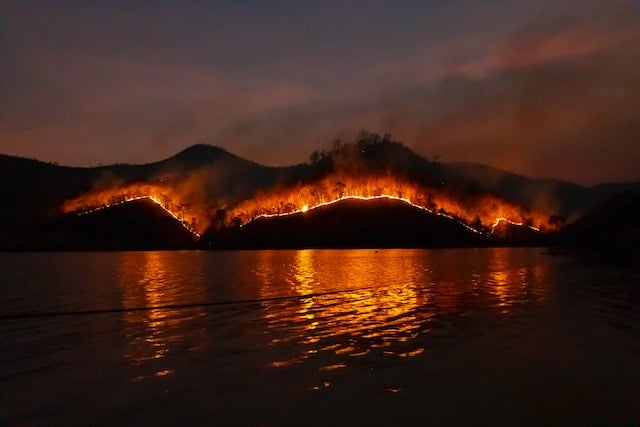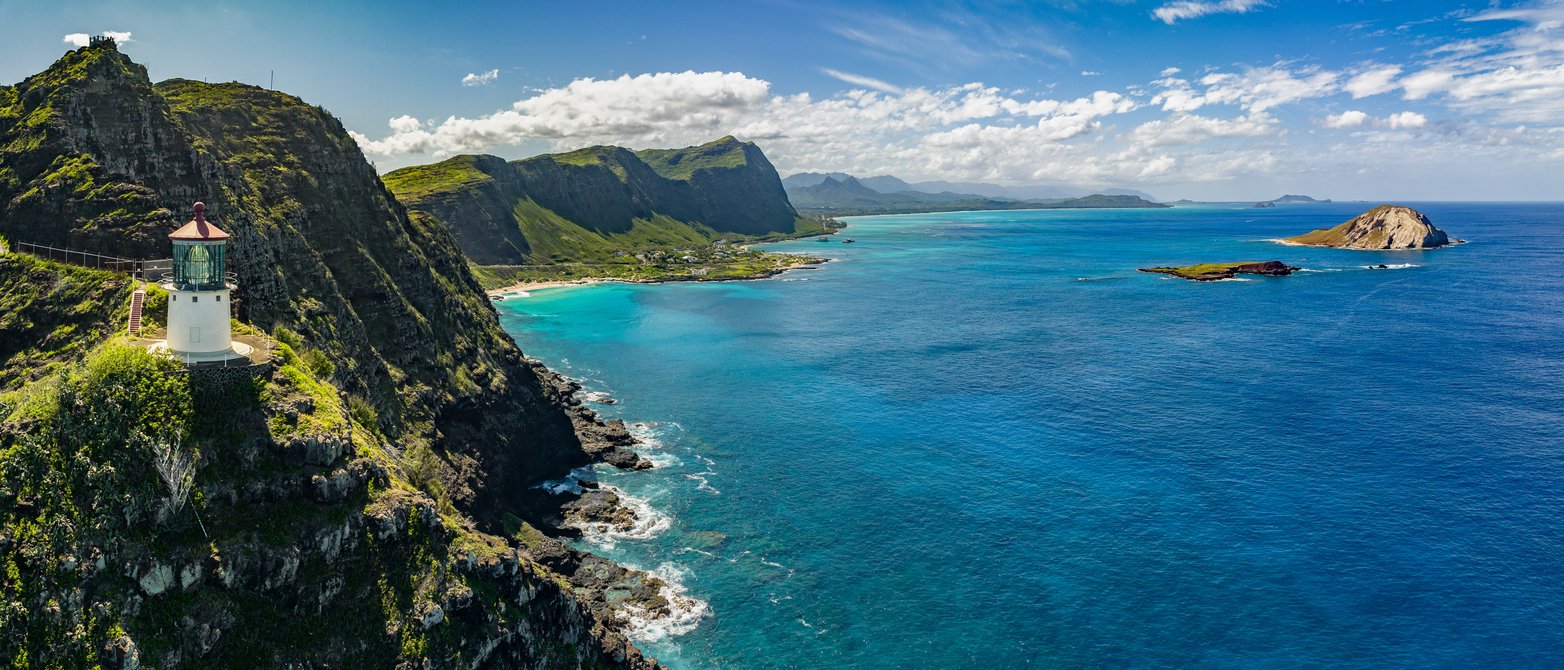As wildfires continue to ravage landscapes and communities, the legal landscape surrounding these natural disasters grows increasingly complex. The charred remains of homes and livelihoods often give rise to questions of liability and compensation.
This is especially relevant these days after the recent devastating wildfires in Maui, Hawaii which are believed to have been caused by a live power line falling on dry vegetation.
In this article, we get into the intricate world of wildfire law, shedding light on the legal responsibilities of various parties that may be involved and the compensation paths available to victims.
Understanding Wildfire Liability
Wildfire liability is an intricate puzzle, pieced together by factors including human action, nature’s fury, and negligence.
Property owners, utility companies, and even government agencies can find themselves in the crosshairs of legal scrutiny when fires ignite.
The core principle rests on whether one’s actions or negligence directly contributed to the ignition or spread of a wildfire. Establishing this link, however, is far from simple.
Proving Negligence
Proving negligence in wildfire cases requires navigating a complex legal landscape. To hold a party liable, specific elements must be established: duty of care, breach of duty, causation, and damages.
Demonstrating that a landowner failed to maintain defensible spaces or that a utility company neglected maintenance of equipment demands a meticulous presentation of evidence. Real-life cases reveal the intricate dance between causation and accountability.
Government Liability
Government agencies charged with wildfire management hold a significant stake in the legal terrain. The complexities of their roles, from fire prevention to emergency response, underscore the intricate relationship between public welfare and legal obligations.
Sovereign immunity adds another layer of complexity, making it crucial to assess instances where government agencies can be held accountable for inadequate preventive measures.
Utility Companies and Their Crucial Role
Utility companies play a pivotal role in the evolution of wildfires. Like we’ve seen in Lahaina in Maui, Hawaii recently, downed power lines and malfunctioning equipment can become fire-starting agents.
Legal obligations demand that these companies maintain infrastructure to mitigate these risks.
Recent cases exemplify the legal battles over power company culpability and their duty to implement measures that safeguard communities.
The Road to Recovery
When the smoke clears, victims face the arduous journey of seeking compensation for their losses.
Property damage, economic hardships, and emotional distress become the pillars on which claims are built. Putting a number to these damages is no easy task, requiring a delicate balance between legal expertise and empathy for the victims’ situation.
Insurance Claims
Insurance serves as a lifeline in the wake of a wildfire’s devastation. However, the process of filing claims can be daunting. Disputes over coverage and the valuation of losses can lead to long battles. Navigating this complex landscape requires both vigilance and an understanding of the intricacies of insurance policies.
The legal implications of wildfires are as intricate as the fires themselves. The shifting winds of liability and the delicate dance of accountability create a web of legal challenges that must be untangled.
As communities rebuild and lives are pieced back together, the intersection of law and nature continues to be a crucial dialogue, one that shapes the trajectory of recovery and future fire prevention.
Class Action Lawsuits
In cases where wildfires impact entire communities, the legal landscape often shifts towards class action lawsuits. These collective actions bring together individuals who have suffered similar losses, streamlining the legal process and allowing victims to join forces in seeking compensation.
The power of unity amplifies their voice and enables them to hold parties accountable on a larger scale.
Precedents Set in Flames
The history of wildfire litigation is marked by cases that have set legal precedents. With new fires blazing every year around the US in states like California, Colorado, & New Mexico, new legal precedents are created almost every year. Landmark decisions have reshaped liability standards and molded the legal responsibilities of various stakeholders.
These decisions live through time, influencing subsequent litigation and igniting debates about the rightful burden of responsibility.
Navigating the Legal Terrain
As wildfires remain a potent threat, the legal realm adapts and evolves. The crossroads of environmental protection, property rights, and personal accountability continue to shape the lines of wildfire litigation law.
With each case, each settlement, and each new regulation, a roadmap to the future is etched, one that carries lessons learned from the ashes of the past.
From Charred Landscapes to Legal Landscapes
Amidst the blaze’s destructive path, a legal path emerges: a path paved with questions of accountability, liability, and justice.
The aftermath of a wildfire ignites not only the physical reconstruction of homes but also a reconstruction of legal narratives. As the flames recede, they leave in their wake a society grappling with the complexities of wildfire law, determined to navigate the challenges ahead.
In the symbiotic relationship between nature and the law, the legal implications of wildfires underscore the delicate balance between human actions and their consequences. The fires may scorch the land, but they also illuminate the intricate interplay of rights and responsibilities, shaping the contours of a society that strives to rise from the ashes stronger and more informed.



